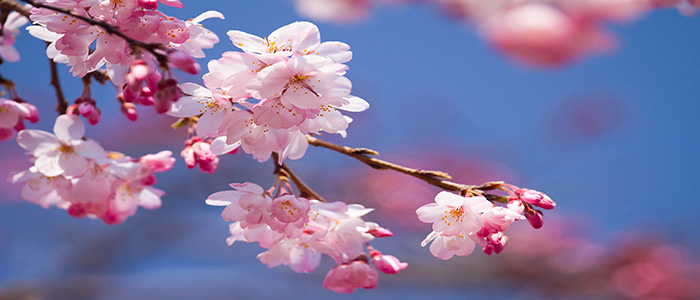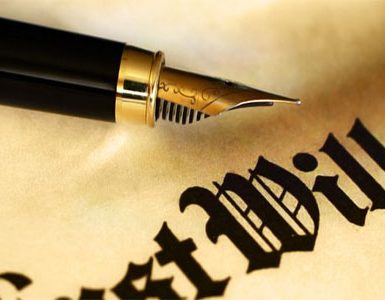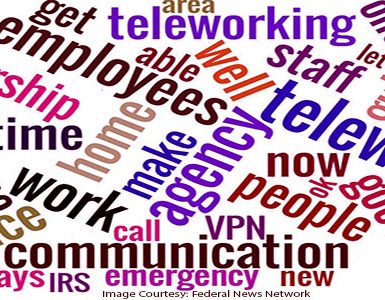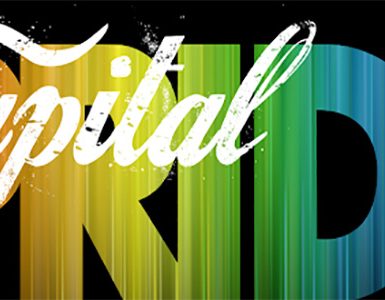Oh, to be assigned the dreamy task of announcing when the rose-tinted cherry blossoms of D.C. will be at their fullest. The “peak bloom date” is the estimated time when 70% of the District’s cherry trees will burst into flowers. This year, it’s expected to happen between the 2nd and 5th of April, straddling Easter weekend. After the peak, the blooms will last another week.
Traditionally, the peak bloom of the Yoshino cherry trees has drawn visitors from many states and countries. This year, it will draw many of its admirers online.
What’s Happening With the Festival?
In 2020, waves of people began to arrive at the Tidal Basin to see the cherry flowers open. As the virus had arrived about the same time as an early peak bloom, authorities dispersed the crowds and closed the roads leading to the trees.
This year, given the continuation of public health precautions, the annual D.C. Cherry Blossom parade is not happening—but the National Cherry Blossom Festival will go on. It’ll just be done in a carefully planned fashion, with some events outdoors and some online. The festivities start on March 20th and continue until April 11th. Highlights include mini parades throughout the city and a TV special that Drew Barrymore will host. The Pink Tie Party will be a remote affair. See the National Cherry Blossom Festival site for the full schedule.
Those avoiding travel to the National Mall, or anyone seeking a mood lift, can get into the spirit with the BloomCam. As the festival time approaches, it’ll be a great way to stay safe and see the cherry trees come to life. Additional “cams” are planned, including remote tours and a virtual cycling experience.
Also, look for the art sculptures celebrating the peak bloom season. Created by local sculptors, they’re being installed throughout the District.
How It Started: The First Yoshino Trees Arrived in 1912.
In 1885, a D.C. resident named Eliza Scidmore visited Japan. Upon returning home, Scidmore imagined Japanese cherry trees lining the Potomac banks. Nearly 25 years later, after learning of local successes by several high-profile garden owners with Japanese cherry trees, Scidmore began fundraising to import cherry trees. Jokichi Takamine, the Japanese scientist who discovered adrenaline, heard about the effort while visiting the District, then requested a donation of trees from the City of Tokyo. The rest is history.
There were, unsurprisingly, several false starts. Early tree deliveries introduced unwelcome insects. But on Valentine’s Day of 1912, Japan dispatched more than 3,000 cherry trees to the United States. A few weeks later, the first Yoshino cherry trees were planted at the Tidal Basin.
The National Cherry Blossom Festival began in 1935. Thirty years later, Japan’s government sent 3,800 new Yoshino trees, to be planted around the Washington Monument. Thus, the people of two countries celebrate the flowering of cherry trees together. In Japan, the trees are called sakura. After they bloom, they fall as gently as snow. Sakura fubuki is the Japanese term for the snow of petals.

Caring for the sakura is a surprisingly hard job. Although a few of the original trees from the 1912 Valentine’s Day shipment are still with us, most Japanese cherry trees in D.C. will not live longer than four or five decades. The National Park Service removes and replaces 90 cherry trees yearly, using funds from the Trust for the National Mall.
Hope Springs Eternal…
For restaurants and bars, museums and shops, arts and entertainment in D.C., the Cherry Blossom Festival is a pivotal time of year. When the trees bloom, it seems the entire city comes out for fresh air, exercise, and social gatherings. But this year, public health requirements will keep the annual droves of blossom peepers away from the Tidal Basin.
Will visitors be allowed to come to the Tidal Basin during the 2021 peak bloom? At the time of this writing, we await an announcement from the Park Service. Last spring, from the season of sakura through December, D.C. tourism was down nearly 5 billion dollars — 71%. That meant some $375 million the District missed out in tax revenue.
Yet we can still admire the trees. The sakura, and all the trees of the city, bring a sense of hope and new growth. Spring’s beauty never fails, and nothing can stop the bloom.
***
Cherry Blossom Festival: History of the Cherry Trees. Published by the National Park Service
Read up on more facts and lore about Japanese cherry trees with Live Japan, at: https://livejapan.com/en/article-a0001976/


















Add comment